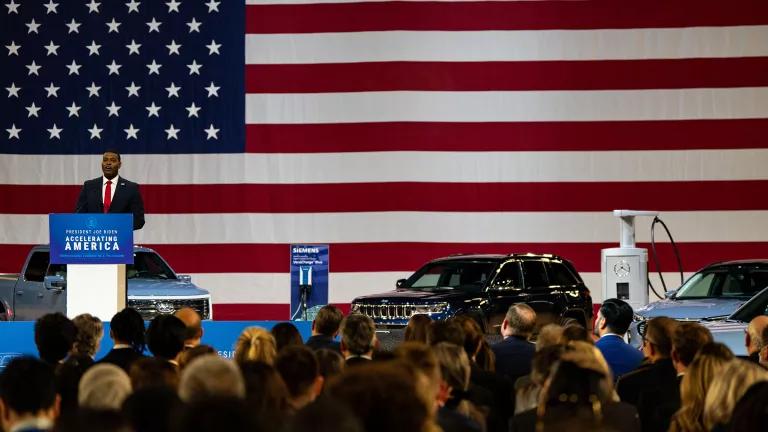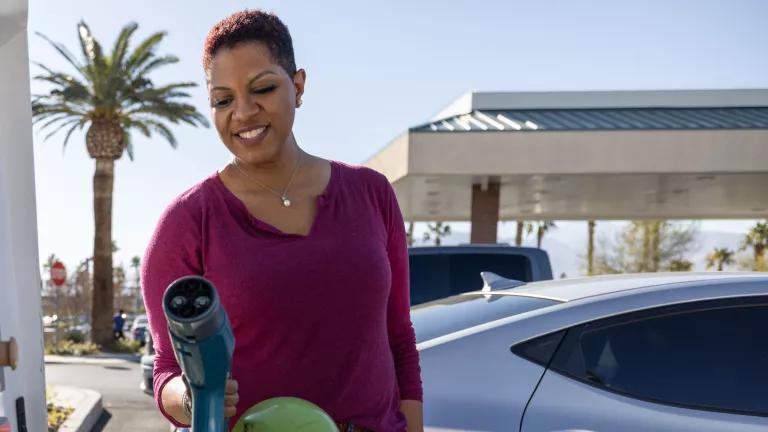China Taking Further Steps to Clean Up Shipping Pollution

Note: The red line marked the boundary of Hainan Waters. See the regulation for the latitude and longitude of the DECA boundary.
Source: China Classification Society (2018) Technical Notice No. 57 / Total No. 383
Guest blog by Freda Fung and Jingtao Shan
China has taken another important step to combat shipping pollution. On December 10th, the Ministry of Transport released a new regulation designating a coastal domestic emission control area (DECA) that extends 12 nautical miles off China’s coastline (see Figure 1). The geographical scope of the new coastal DECA is significantly larger than the current DECAs designated in three key port regions (Bohai Bay, Yangtze River Delta and Pearl River Delta) in 2015. Two stricter inland river emission control areas are also set up, covering the Yangtze River main line (from Shuifu in Yunnan Province to Liuhe Estuary in Jiangsu Province) and the Xijiang River main line (from Nanning in Guangxi Province to Zhaoqing in Guangdong Province).
When the new regulations come into effect on January 1, 2019, all ships operating inside the coastal DECA must burn fuel with a sulfur content not exceeding 0.5 percent (0.5% sulfur fuel) at all times. Oceangoing ships that ply the inland river DECAs must use fuel with a sulfur content not exceeding 0.1 percent (0.1% sulfur fuel) on January 1, 2020. Beginning on January 1, 2022, a 0.1% sulfur cap will be applied to all ships operating inside Hainan waters (Table 1).
Besides capping the sulfur content of fuel in the DECAs, the new regulations also start phasing in emission standards for nitrogen oxides (NOx) applicable to all China-flagged new-build or rebuilt ships, as well as requirements on the installation and use of onshore power (see Tables 2 and 3). In particular, all cruise ships must plug into shore-side electric power beginning on January 1, 2021, if they dock at berths that are shore power capable. Similarly, shore power capable ships must be connected to shore-side electricity if they dock at shore-power equipped berths starting from July 1, 2019.
We are encouraged by China’s continued efforts to build a green shipping industry. The existing three DECAs covers the three busiest port regions in China, which handle over two-third of container cargos traveling to or from China. But once ships operate outside these three DECAs, whether transiting along China’s coast or calling at large non-DECA ports like Qingdao and Xiamen, they are free to switch back to high sulfur fuel. Data from major ports have shown that ship emissions during transit are substantial (see here, here and here). By extending the 0.5% fuel sulfur limit to cover all ships plying China’s territorial waters at all time, the new regulation will deliver more air and health benefits. It also creates a level playing field for all China ports, discouraging ships from diverting to less regulated ports and compromising the regulations.
In addition, China has been encouraging the use of shore power at ports. The government provides funding to subsidize the building of shore power infrastructure (see here and here). By 2020, 493 berths across the country are expected to be equipped with onshore power equipment. The updated DECA requirements on the installation of shore power equipment on China-flagged ships and the mandate that cruise ships and shore power-capable ships use shore power could help drive the uptake of shore power technologies and pave the way for ultimately eliminating ship emissions at China’s ports.
Most importantly, the regulations do not stop there. They call for a review, at an appropriate time, of the feasibility of requiring that (1) all ships plying China’s coastal DECA must burn 0.1% sulfur fuel by 2025 and (2) all China-flagged ships that are built or have their engines rebuilt on or after January 1, 2025 must meet International Maritime Organization (IMO) Tier III standards.
These two provisions are highly significant for two reasons. First, oceangoing ships typically operate on cheap, high-sulfur residual fuel, which is the remaining residue in the distillation process in a refinery. Compared to the lower-sulfur distillate fuel, which comprises petroleum fractions of crude oil that are separated during the distillation process, residual fuel contain high concentration of toxic metals, such as vanadium and nickel, and polycyclic aromatic hydrocarbons (PAHs) (see here and here). When the IMO 0.5% global sulfur cap comes into effect in 2020, many ships are expected to use blends of residual and distillate fuels. Blended fuel will likely be the fuel of choice for meeting the DECA requirements as well. But for ships operating in the four existing Emission Control Areas (ECAs) designated by the IMO, surveys have shown that most ships use distillate fuel to meet the 0.1% fuel sulfur limit. Hence, if the fuel sulfur limit in the coastal DECA could be ratcheted down to 0.1%, it will drive a switch to distillate inside the DECAs and could substantially reduce exposure of port and coastal communities to toxic heavy metals and PAHs as well as sulfur-related pollution.
Second, the IMO Tier III NOx standard requires a 75 percent NOx emissions reduction compared to the current Tier II standard (which is applicable to all new ships, except for new ships operating in the ECAs for NOx that need to meet Tier III standard). Ships are a major source of NOx pollution in large Chinese port cities. In Hong Kong, for example, shipping accounts for 37 percent of the city’s NOx pollution, and 16 percent in Shenzhen and Shanghai. If adopted, the Tier III requirement could help put a dent in the worsening NOx and ozone pollution suffered by many populated coastal cities.
The timeframe of the proposed review also offers an opportunity for considering whether China should pursue designation of an IMO ECA along the entire coast of China. The 0.1% sulfur cap and the Tier III NOx requirement proposed for review are essentially the same as IMO ECA requirements. But an IMO ECA can cover a much larger area (as far as 200 nautical miles from the coast), and can impose Tier III NOx requirement on all new ships regardless of the flag they fly, further enhancing the air quality and health benefits.
In the pursuit of green shipping, China is not alone. France and the UK are considering extending the current IMO ECA in their waters. The UK is also considering adopting other measures to control air pollution from domestic ships, including adopting national regulations targeting domestic ships, promoting the use of zero-emission shipping technologies and greener fuels. The IMO Regional Marine Pollution Emergency Response Centre for the Mediterranean Sea has launched a technical and feasibility study to look at the possibility of designating the Mediterranean Sea, or parts thereof, as an IMO ECA covering sulfur dioxide (SOx). Therefore China is, and can benefit from continuing to be, a key part of the global effort to advance the use of clean fuels and technologies in the shipping industry.
Since China first announced setting up the DECAs in 2015, NRDC has been supporting relevant agencies to build the enforcement capacity needed for ensuring the regulations deliver the promised benefits (see here and here). We are delighted that some cities have already seen significant improvement in air quality around their port areas. With the announcement of the extended DECAs, we will continue our work to support robust enforcement while also engaging industry stakeholders to garner support for accelerating a transition to green and sustainable shipping.

Modified from the China Classification Society (2018) Technical Notice No. 57 / Total No. 383

Developed according to the “Notice on the Implementation Plan of Shipping Air Pollution Emission Control Areas” released by the China Ministry of Transport on December 10, 2018.
* Same as the NOx requirements in the IMO International Convention on the Prevention of Pollution from Ships (MARPOL) Annex VI.

Developed according to the “Notice on the Implementation Plan of Shipping Air Pollution Emission Control Areas” released by the China Ministry of Transport on December 10, 2018.
* Exemption for ships that use clean energy, new energy, or use onboard electric batteries that allow auxiliary engines be turned off while berthing.



